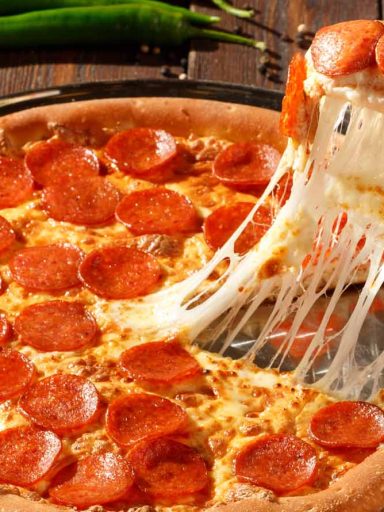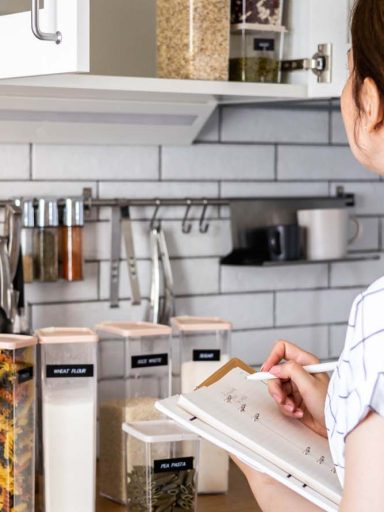
Introduction:
Whiskey, a cherished and versatile spirit with a rich history and distinct flavors, has captured the hearts of enthusiasts worldwide. Whether you’re a seasoned whiskey connoisseur or a curious newcomer, understanding the process behind whiskey-making can deepen your appreciation for this beloved beverage. In this comprehensive guide, we’ll explore the steps to making whiskey, from selecting the perfect grains to the aging process that imparts depth and complexity to the final product.
Choose Your Grains:
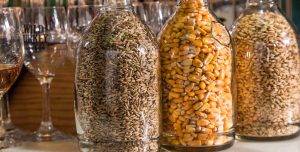
The foundation of any whiskey is its grain bill, which can include a variety of grains such as barley, corn, rye, and wheat. The choice of grains will significantly impact the flavor profile of the final product. For example, corn imparts a sweeter taste, while rye creates a spicier flavor.
Take a Look: Shop Whiskey Grains & Fermentation Kits on Amazon
Milling and Mashing:
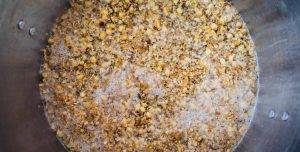
Once you’ve selected your grains, they need to be milled into a coarse flour called grist. The grist is then combined with hot water in a process called mashing, which converts the grain’s starches into fermentable sugars. The resulting liquid, known as wort, will serve as the base for fermentation.
Discover the Milling & Mashing Process:
- Crafting the Perfect Wash for Whiskey Distillation
- Whiskey Grains Decoded: Milling, Mashing, and Crafting Your Perfect Spirit
- Mashing Magic: Unveiling the Secrets of Whiskey Grist for Exceptional Spirits
- Whiskey Grist Perfection: Mastering the Art of Milling for Exceptional Spirits
Fermentation:

To kick off the fermentation process, yeast is added to the wort. Yeast consumes the fermentable sugars, producing alcohol and carbon dioxide as byproducts. This process typically takes several days and results in a low-alcohol liquid called wash.
- Discover the Fermentation Process: The Magic of Whiskey Fermentation: Unlocking Flavor and Complexity in Your Spirits
Distillation:
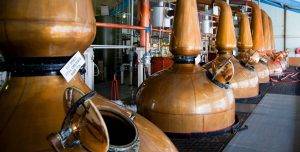
The wash is then transferred to a still, where it will be heated to separate the alcohol from the water and other compounds. There are two primary types of stills used for whiskey production: pot stills and column stills. Pot stills are traditionally used for malt whiskey production, while column stills are more common for grain whiskeys.
Take a Look: Shop Whiskey Stills On Amazon
During distillation, the alcohol vapor rises and is condensed back into a liquid. Whiskey is typically distilled twice, with the second distillation known as the spirit run. It’s during this run that distillers make cuts, separating the desirable “heart” of the run from the “heads” and “tails” containing impurities and off-flavors.
- Discover the Distillation Process: A Comprehensive Guide to Distilling Whiskey with the Pot Still Method
Maturation:

After distillation, the raw spirit is transferred to oak barrels for maturation. The choice of barrel plays a significant role in the flavor development of the whiskey. Common options include new charred oak barrels, which impart a strong vanilla and caramel flavor, or used barrels that previously held other spirits or wines, which can add complexity and unique characteristics.
- Discover the Maturation Process: Whiskey Maturation Uncovered: A Detailed Guide to Techniques, Flavor Profiles, and Barrel Types
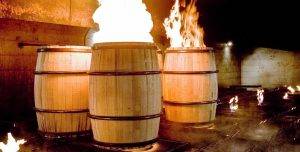
Whiskey must be aged for a minimum of three years to be legally classified as such in many countries, but many distillers choose to age their whiskey for much longer. During the aging process, the whiskey interacts with the wood, extracting flavors, tannins, and color while developing a smoother, more refined profile.
Blending and Bottling:
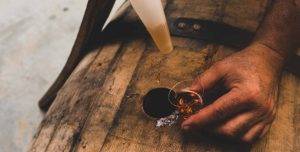
Once the whiskey has reached its desired age, it may be blended with other whiskeys or water to achieve a specific flavor profile or alcohol content. The final product is then bottled and ready to be enjoyed.
- Discover the Blending Process: Mastering the Art of Whiskey Blending

Experimentation and Practice:
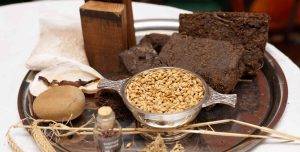
As you delve into the world of whiskey-making, embrace experimentation and practice to refine your skills. Experiment with different grains, yeast strains, and barrel types to create a whiskey that reflects your unique taste and creativity. As you gain experience, you’ll become more adept at identifying the nuances and subtleties that make each whiskey distinct.
Home Distilling Considerations:
If you’re considering making whiskey at home, be aware that home distillation is illegal in many countries without proper permits. Always research and adhere to your local laws and regulations before attempting home distillation.
Conclusion:
Embarking on your whiskey-making journey can be a rewarding and educational experience that deepens your understanding and appreciation for this time-honored spirit. With patience, practice, and a willingness to experiment, you’ll be well on your way to crafting a whiskey that showcases your unique style and creativity. Cheers to your whiskey-making endeavors!

